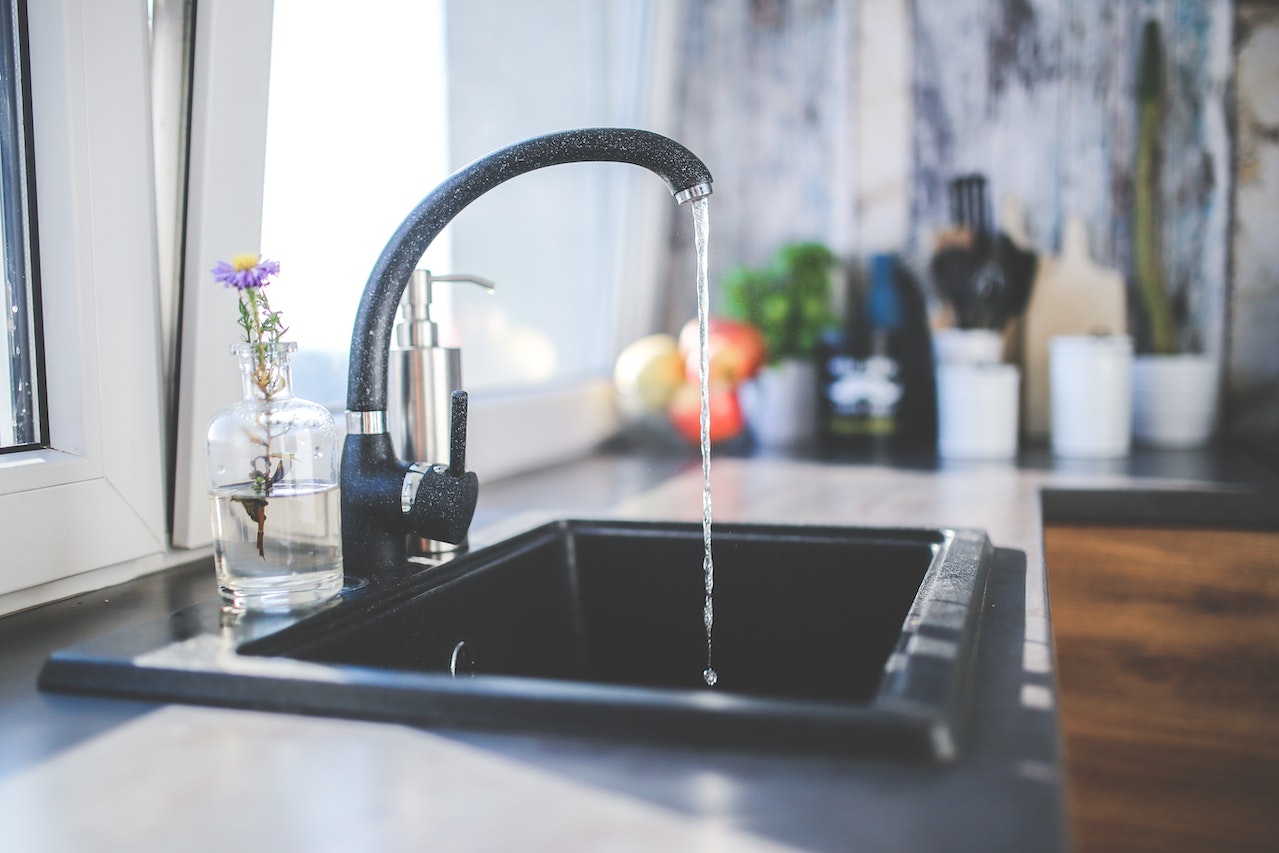We’ll walk you through the process of unclogging a sink drain using materials you may already have at home, like a plunger, baking soda, and vinegar, in this do-it-yourself guide. We’ll also discuss safety measures you may take to keep your sink drain unclogged in the future. By following our straightforward instructions, you can save time and money by avoiding the need to hire a plumber.
Prepare for Plunging
When working on a sink or bathtub, cover the overflow outlet with duct tape to prevent water from leaking out. To clear a clog in a kitchen sink, lift out the removable basket strainer. For a clog in a bathroom sink, remove the drain stopper by lifting it out or turning and lifting it.
How to start
Fill with water
To form a tight seal, fill the sink, tub or shower pan with a few inches of water.
Seal the plunger
Next, place the cup plunger over the drain opening and ensure that it is tightly sealed.
Use your plunger
Then, pump the plunger up and down rapidly and repeatedly to try and remove the blockage. It is important to hold your hand over the overflow opening sealed with duct tape or a wet rag, as the plunging motion may cause the tape to come loose due to the air pressure.
Run the water
Remember to let the faucet run for one or two minutes after the drain is clear.
Replace the stopper
Remove the overflow outlet seal and replace the drain stopper or sink basket. If other methods are unsuccessful, consider using a mild, non-toxic, and biodegradable drain cleaner or a solution of baking soda and vinegar.
Avoid using chemical drain cleaners, as they can harm the environment and plumbing pipes and are also hazardous to handle.
Furthermore, chemical cleaners are generally ineffective against persistent clogs and can leave behind a sink full of water and dangerous chemicals that need to be manually removed.
Conclusion
Although though a clogged sink drain can be an irritating and uncomfortable issue, it is readily fixable with the appropriate tools and methods. Finding the obstruction’s source—whether it’s hair, grease, food scraps, or other debris—is the first step.
Once you’ve identified the issue, there are several ways to remove the obstruction, including using a plunger, a drain snake, or a solution of baking soda and vinegar. Always remember to follow the correct safety procedures, such as donning gloves and safety glasses, and to refrain from using harsh chemicals that could harm your pipes. Your sink may drain smoothly in no time with a little bit of tenacity and patience.


